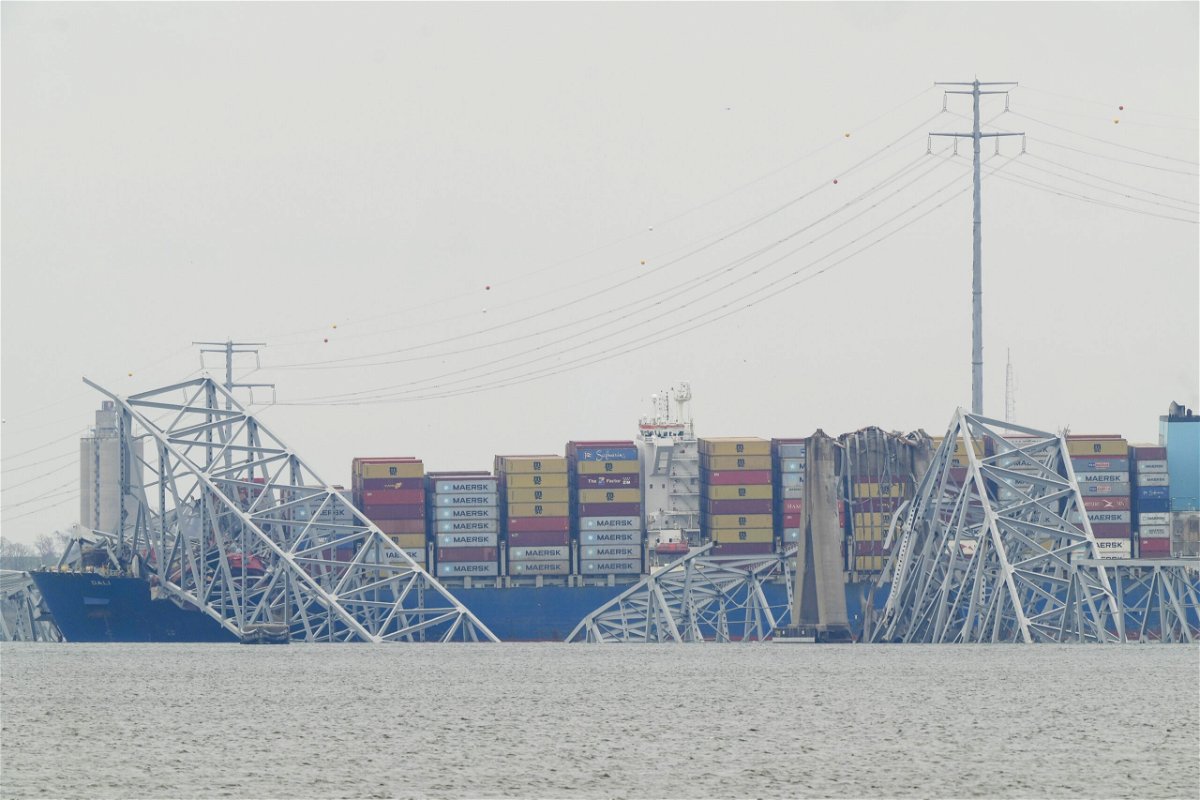Electrical issues on ship likely to blame for Baltimore bridge collapse

COLUMBIA, Mo (KMIZ)
The consequences of a cargo ship's collision with the Francis Scott Key Bridge in Baltimore continue to be felt by the maritime industry and local communities. On Thursday, the National Transportation Safety Board announced that they would be interviewing the two pilots of the ship.
The cargo ship that caused the 1.6-mile-long bridge to collapse was the size of three football fields and weighed more than 100 thousand tons, according to reporting from CNN. The NTSB says the collision was caused due to a “power issue” on the ship, however, it is currently unclear how the issue occurred.
Former U.S. Army and Marine veteran Jason Nelson was stationed 10 yards from the bridge at Fort McHenry during his final two years in the Army. He also has a captain license from the U.S. Coast Guard. After watching the extended video of the incident, he believes that the ship was having electrical issues as soon as they left port.
“You can clearly see it’s coming from the southwest part of the harbor, which means it made a full loop around the harbor. At some point, it is going parallel to the Francis Scott Key Bridge," Nelson said.
Nelson said that when a ship loses power and they are not saddled to a tug boat then they must perform an emergency anchor drop. The cargo ship that hit the bridge performed an anchor drop, CNN reported, but due to the size of the ship they were unable to stop it in time.
The Port of Baltimore is the ninth-largest port by trade volume, according to the Bureau of Transportation Statistics. Last year the port handled more than 50 million tons of international cargo.
The crash could now have a long-term impact on the supply chain. The port could be closed for weeks as officials assess the damage and clean up the site. Maryland Gov. Wes Moore called the collapse a “global crisis” during a briefing on Wednesday. The port could reopen as soon as May, according to CNN.
Not only does the crash affect the supply chain it also affects jobs. The port supports more than 15,000 direct jobs and more than 139,000 indirect jobs connected to port work, according to CNN and information from the Maryland state government. These jobs generated almost $3.3 billion in total personal income, according to data from the University of Maryland.
Maryland Democratic state Sen. Bill Ferguson wrote in a social media post on Thursday that the “economic and stability loss to the thousands impacted in the days ahead cannot be understated.”
